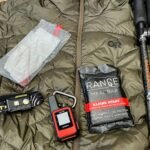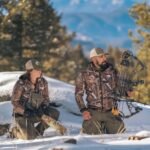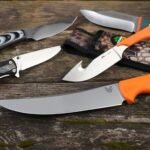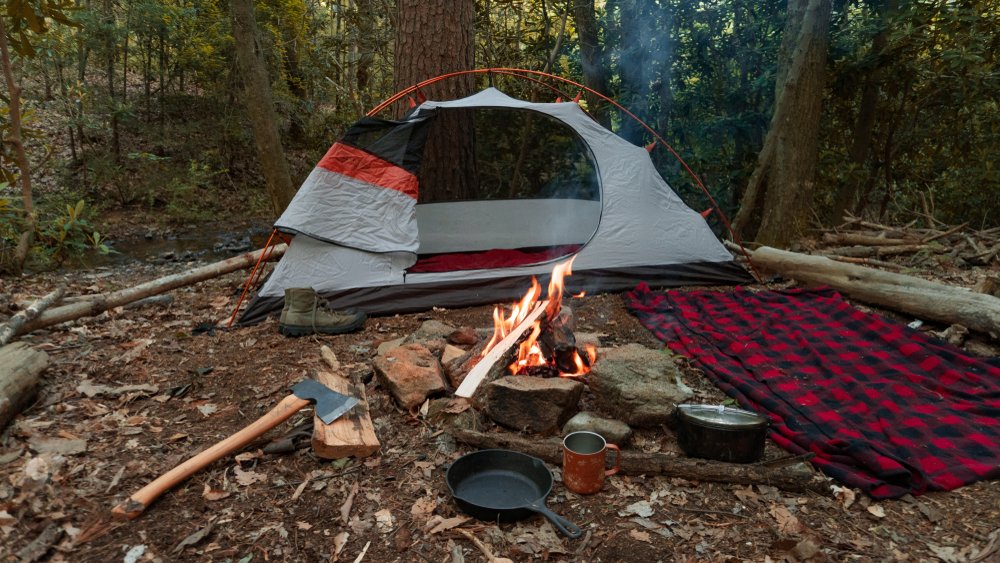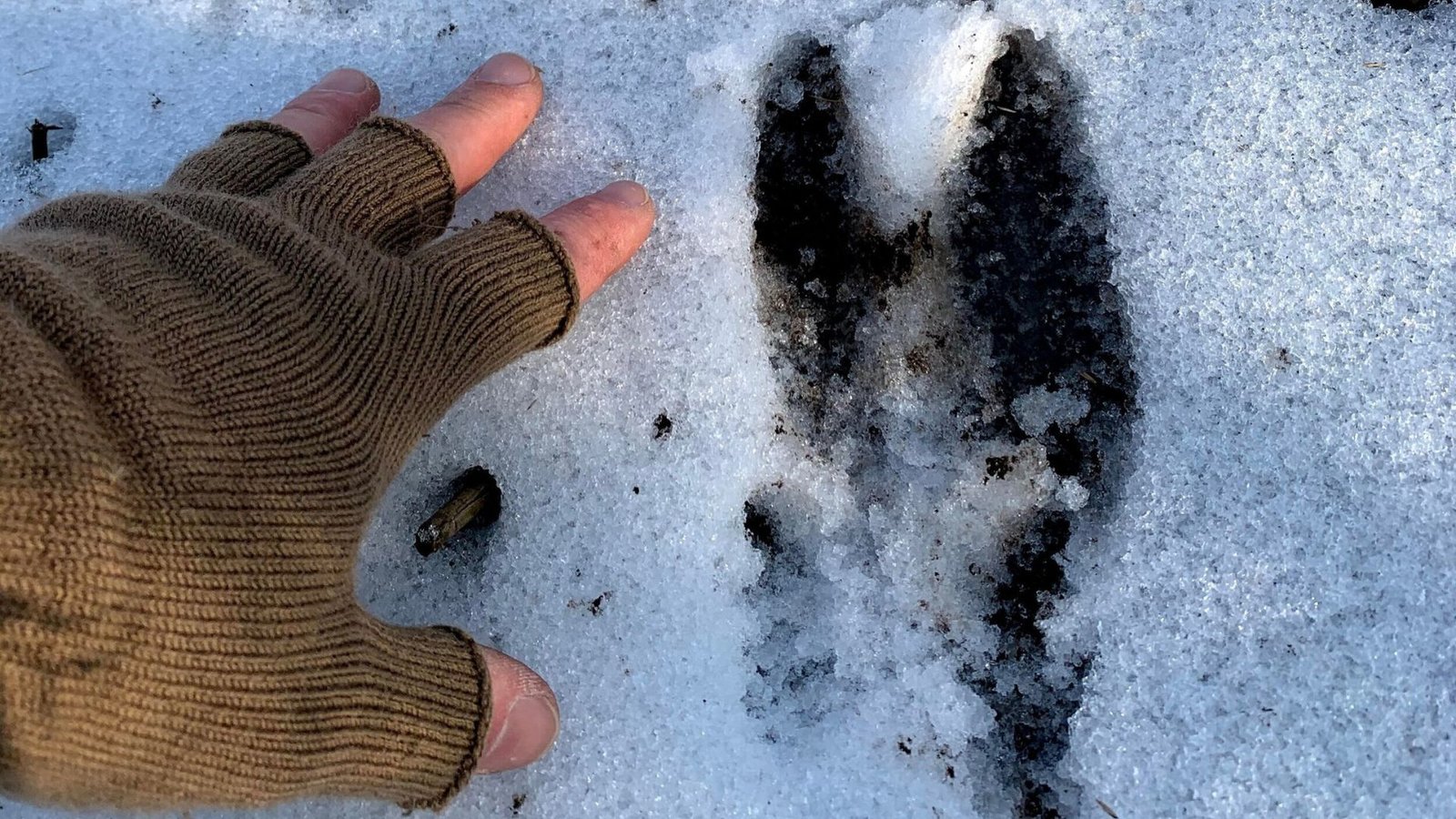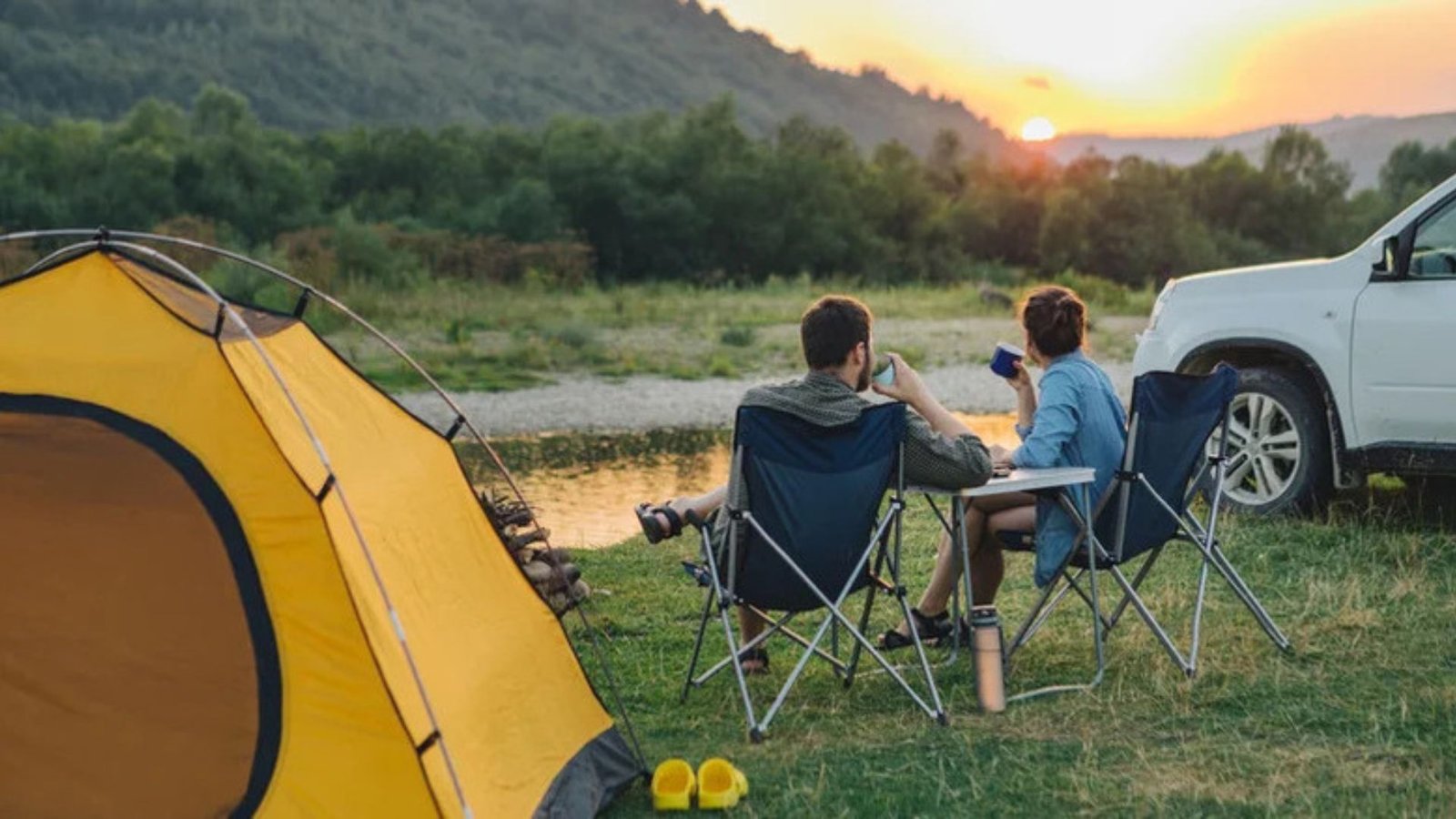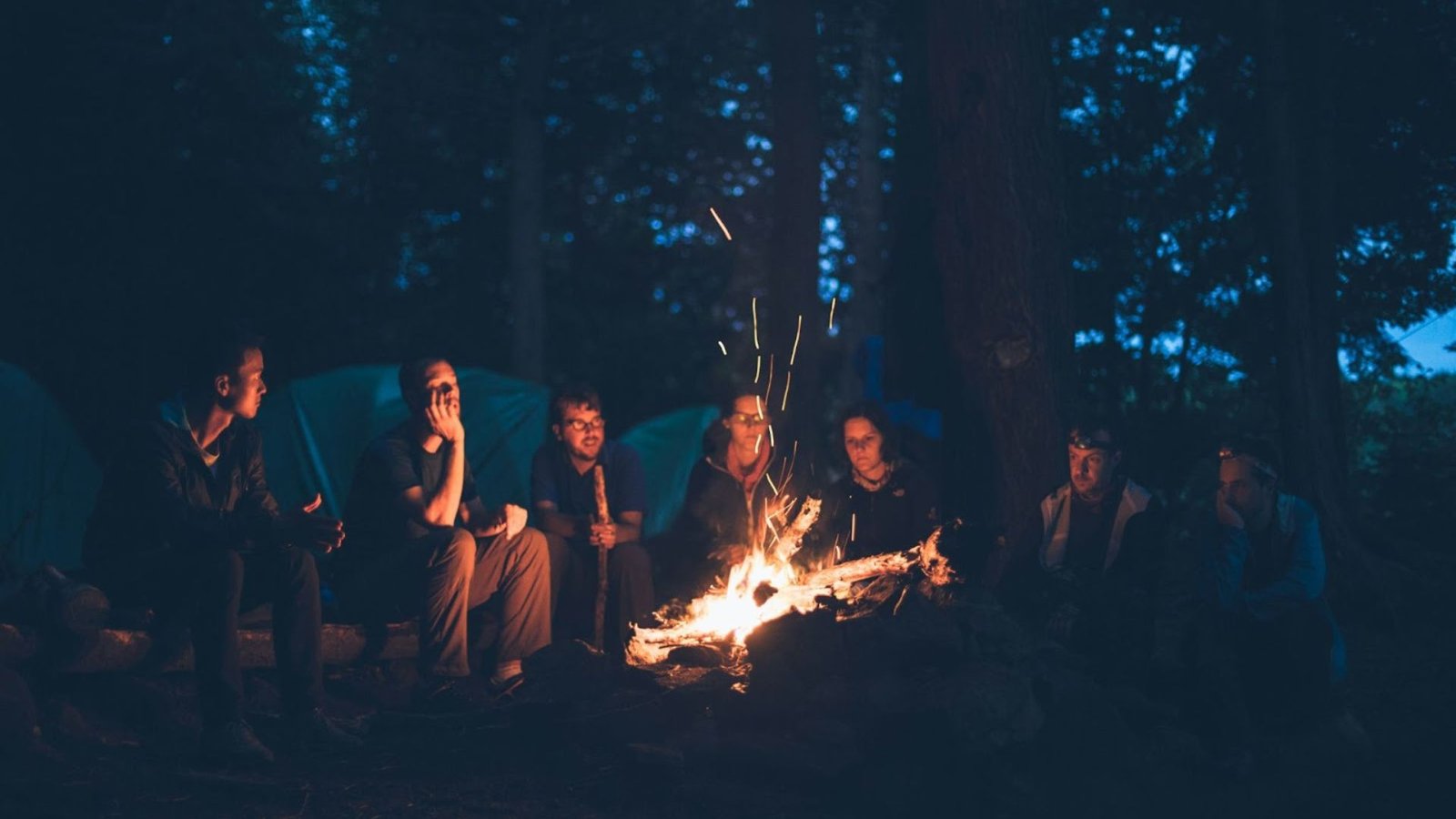Hunting in cold and wet conditions can be challenging, but with the right preparation, you can stay warm and dry throughout your trip. Here’s a comprehensive guide to maintaining comfort and avoiding exposure at your hunting camp.
1. Dress in Layers
Layering is key to regulating body temperature:
- Base Layer: Choose moisture-wicking materials like merino wool or synthetic fabrics to keep sweat off your skin.
- Middle Layer: Insulating layers like fleece or down retain body heat.
- Outer Layer: Waterproof and windproof jackets and pants protect you from rain and wind.
2. Invest in Quality Gear
Durable and weather-resistant equipment is a must:
- Waterproof Boots: Keep feet dry and insulated with quality hunting boots and wool socks.
- Gloves and Hats: Protect extremities with waterproof gloves and insulated hats.
- Rain Gear: Pack a lightweight poncho or rain suit for sudden downpours.
3. Set Up a Weather-Proof Shelter
Your camp setup should keep you dry and shielded from the elements:
- Tent: Opt for a four-season tent with a rainfly and strong poles for harsh conditions.
- Ground Cover: Use a tarp or footprint beneath your tent to prevent moisture from seeping in.
- Sealed Seams: Ensure your tent is sealed to keep water out.
4. Use Insulated Bedding
Stay warm while sleeping with the right gear:
- Sleeping Bag: Choose a bag rated for temperatures below the expected weather.
- Sleeping Pad: Insulated pads prevent heat loss to the ground.
- Blankets: Wool or thermal blankets add extra warmth.
5. Stay Dry During the Day
Prevent moisture from dampening your comfort:
- Gaiters: Keep water and debris out of your boots when trekking through wet terrain.
- Waterproof Backpacks: Protect gear and clothing from rain with waterproof bags or covers.
- Quick-Dry Clothes: Pack clothing that dries quickly to minimize discomfort.
6. Build a Reliable Campfire
A campfire is essential for warmth and drying gear:
- Fire Starter Kit: Bring waterproof matches, a lighter, and fire starters.
- Firewood: Ensure a supply of dry wood or learn how to locate it in the wild.
- Fire Pit: Build a safe and efficient fire pit to concentrate heat and shield flames from wind.
7. Consume Warming Foods and Drinks
Warm meals and beverages help maintain body heat:
- Hot Soups and Stews: Quick to prepare and excellent for warming up.
- Warm Drinks: Coffee, tea, or hot chocolate boosts morale and keeps you hydrated.
- High-Calorie Snacks: Energy-rich foods like nuts and jerky provide fuel for your body.
8. Stay Active
Movement generates body heat:
- Stretching: Simple exercises like jumping jacks or squats help circulate blood.
- Chores: Stay busy with camp tasks to avoid getting cold.
- Hunting Walks: Keep warm while scouting or tracking game.
9. Manage Moisture Levels
Damp clothing and gear can lead to discomfort or hypothermia:
- Dry Wet Items: Use the campfire to dry clothes and boots.
- Avoid Overheating: Adjust layers to prevent sweating, which can make you colder later.
- Ventilation: Ensure airflow in your tent to reduce condensation.
10. Prepare for Emergencies
Have contingency plans for unexpected weather changes:
- Emergency Blanket: Lightweight and reflective, it’s essential for retaining body heat.
- Heat Packs: Chemical hand and foot warmers provide instant warmth.
- Shelter Kit: Include a backup tarp and cord for creating emergency cover.
Conclusion
Staying warm and dry in a hunting camp is achievable with proper planning and the right gear. Dress in layers, invest in quality equipment, and set up a reliable shelter to combat the elements. Combine these strategies with warm meals, a roaring campfire, and emergency preparations to ensure a comfortable and successful hunting trip.



